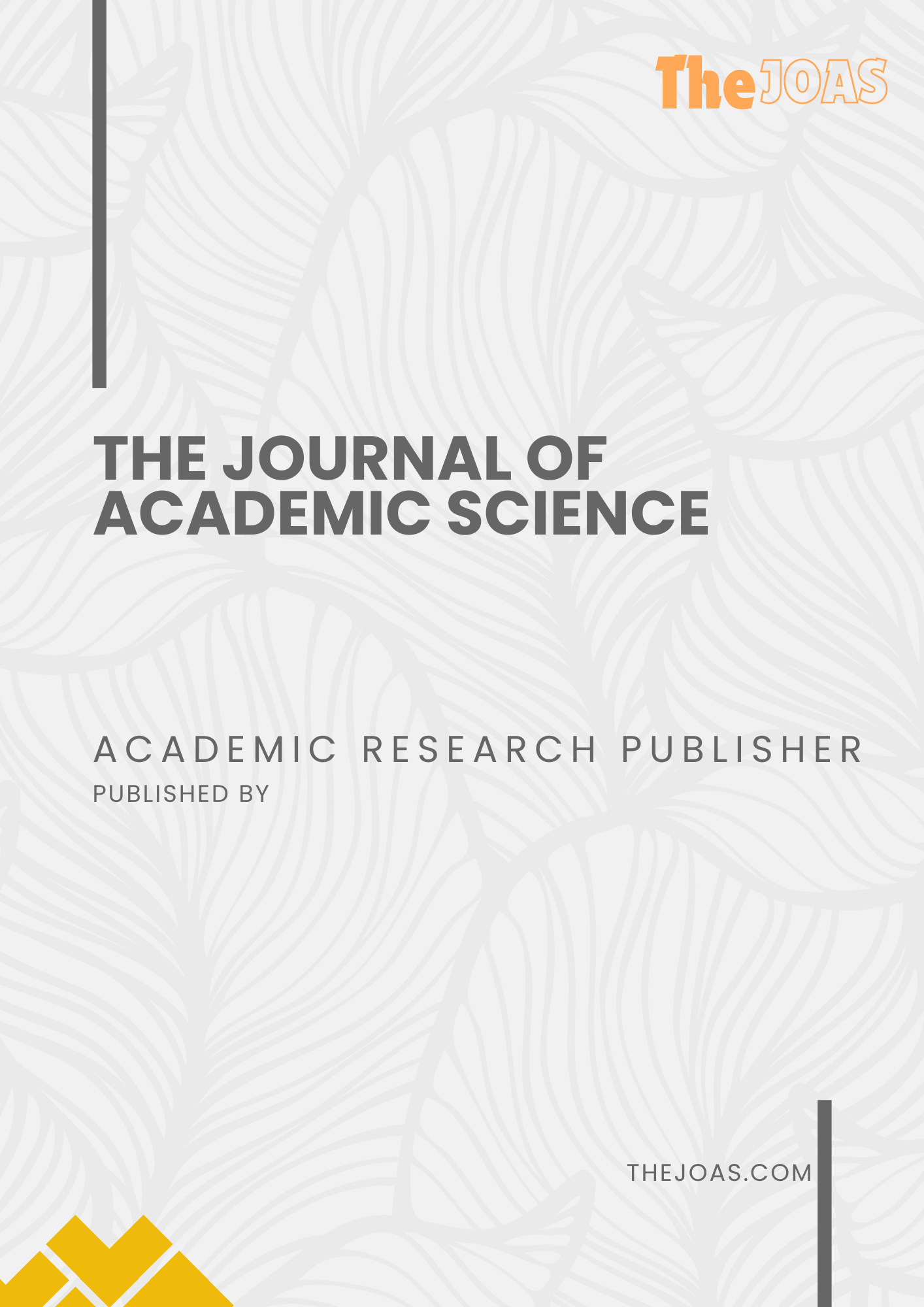Supplementation of Curcuma (Curcuma Xanthorrhiza) and Bratawali (Tinospora Cordifolia) on Hematological Status of Broiler Chickens
DOI:
https://doi.org/10.59613/xy8b5715Keywords:
Temulawak, Bratawali, HematologyAbstract
Research on herbal supplementation as an effort to improve livestock productivity is widely published, but rarely does the research inform hematological analysis. The description of the hematological status of livestock can explain the health status of livestock due to the influence caused by the treatment in the provision of feed. The status analyzed in this paper includes Erythrocyte count, Hemoglobin concentration, Hematocrit value, Netrophil count, Eosinophil count and Lymphocyte count. The study was conducted experimentally, with 6 treatments and 4 replications, with each unit containing 5 broiler chickens raised for 35 days. The treatments were P1: Control, with broiler feed without supplementation, P2: 2% Temulawak + 1% Bratawali treatment, starting on day 11, P3; 2% Temulawak + 1% Bratawali treatment, starting on day 21, P4: Treatment of Temulawak 1%+Bratawali 0.5%, starting on day 11, P5: Treatment of Temulawak 1%+Bratawali 0.5%, starting on day 21. P6: Antibiotic supplementation treatment. Descriptive analysis shows, the number of Erythrocytes is normal for all treatments, the amount of Hemoglobin is below normal values for treatments P2, P4, P5 and P6, the number of Hematocrit values is still within the normal range. In the number of Netrophy there was an increase exceeding normal standards, in all treatments, the number of Eosinophils in all treatments showed an increase from normal standards, except in Treatment P1, the number of Lymphocytes, all treatments were normal.The increase in the number of Netrophils in all treatments can be inferred from the presence of bacterial infection activity in all experimental broilers, but because it occurred in all groups, it can explain that the infection activity was not triggered by supplementation, but rather introduced from the environment. The increase in Eosinophil counts is due to parasitic infection activity, which is a response to parasite products and the damage they cause, it could be that changes in the digestive ecosystem increase intrinsic parasite activity caused by supplementation. High lymphocyte counts may reflect viral infection or chronic infection, while normal lekocyte counts compared to normal standards provide information that supplementation can strengthen broiler resistance.
Downloads
Published
Issue
Section
License
Copyright (c) 2024 Mohandas Indradji, Diana Indrasanti, Lulu Sahara Wusahaningtyas, Agus Susanto, Singgih Sugeng Santosa

This work is licensed under a Creative Commons Attribution 4.0 International License.





